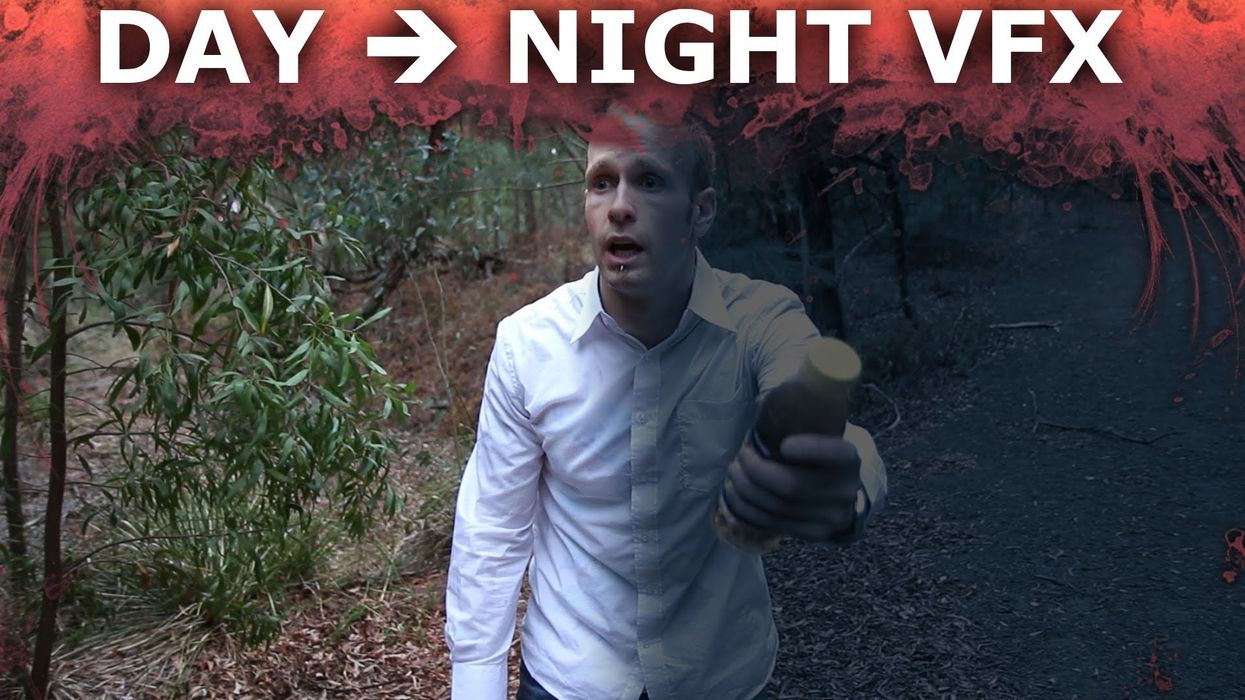Capturing Realistic Day for Night: Techniques to Know Before & After You Shoot
Now that we have affordable, super sensitive cameras with high ISO settings, like the Sony a7s, it seems as though shooting nighttime scenes aren't as big of an issue as it might've been a couple of years ago.

However, if you don't have one of these cameras, nor access to sufficient lighting, you might find yourself in need of completing a day/night conversion in post to avoid a big, muddy, grainy mess. (Also, it's just a great technique to have in your creative toolbox.) The folks at Surfaced Studio show you how to shoot day for night in the helpful Adobe After Effects tutorial below:
Now that you know how to process your footage, it might be a good idea to know how to shoot that footage, otherwise you'll have a load of issues to deal with in post -- some of which you may not be able to fix.
Avoid direct sunlight
Harsh shadows made by the sun are a dead giveaway that you originally shot your footage during the day. Try to film when it's cloudy or overcast, in the shade, or during a time of day when the sun is less intense, like at twilight, dusk, or dawn. (These are also good times because they produce cooler color temperatures.) To get a better idea of how this works, Cambridge in Color does a great job of showing you how the sun and natural light affects your shots.
Avoid shooting the sky
This should be pretty obvious -- the sky is bright during the day, dark during the night, and unless you have some real experience and finesse with color correction, you might want to avoid this obstacle altogether. If you do have some real experience and finesse, then go for it! If you don't have some, but want some, keep reading.
Be mindful of your exposure
You certainly don't want to overexpose your shot if you're trying to shoot day for night, but Andrew Kramer of Video Copilot suggests bringing your exposure down more than you normally would.
You can also learn how to pull this effect off (and with greater results) from the master, Andrew Kramer, if you head on over to Video Copilot to watch his tutorial. He talks about some of the same stuff, but he goes into greater detail on how to make it more realistic by using certain color correction techniques, as well as how to add headlights from a truck. Kramer even uses footage that has a bunch of sky in it, but he shows you how to crush the colors and adjust the colorization and saturation settings in After Effects to get a truly beautiful and realistic-looking day-for-night shot.

 No Film School's coverage of
No Film School's coverage of 









